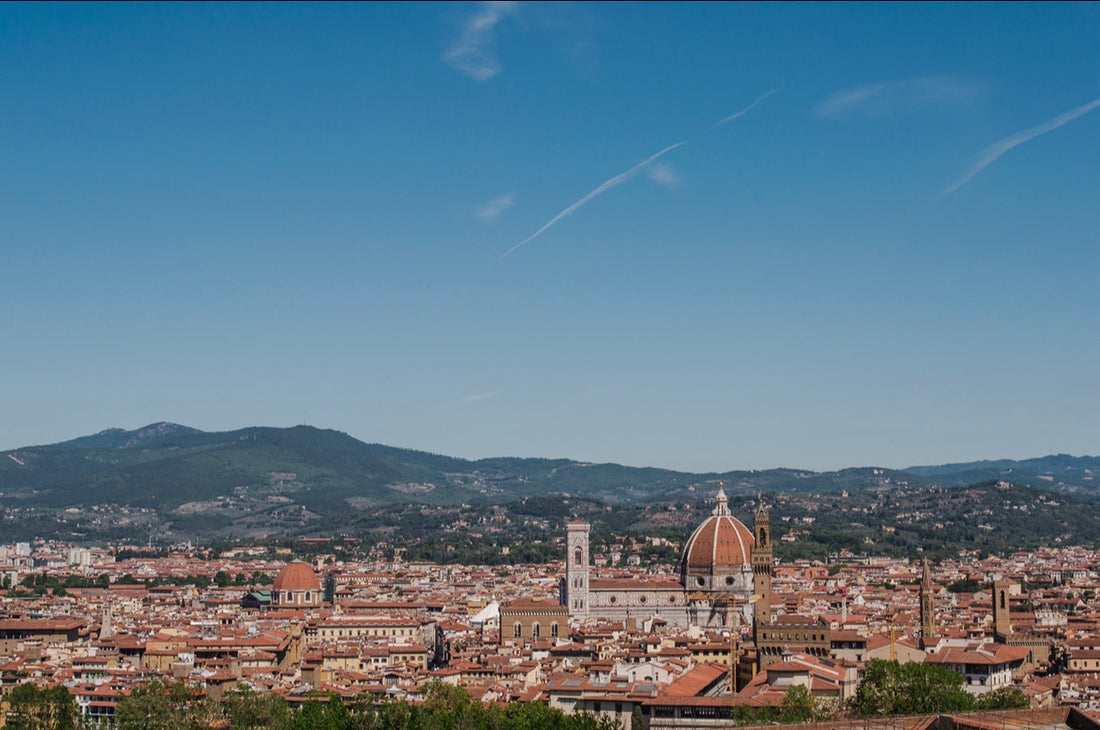Biella is located in the northwest of Italy, in the foothills of the Alps. It’s the neighbour of both Milan and Turin as well as close to France and Switzerland’s boundaries.
Historical documents from 826 show that the city’s name used to be Bugella, and the name of the city evolved over the years to what we know today, Biella.
The city of Biella became the center of the textile business because of its geographical features. Written documents prove that wool workers and weavers have been active in the region since 1245. It’s known as the ‘Wool City’, as it’s where the best wool mills in Italy are gathered and the most high quality woolen fabrics are weaved.

The city is on the highlands and is surrounded by natural streams and lakes. The richness of the pastures led the sheep farmers to move to the area and to graze their animals on the foothills of the mountains. Developing sheep farming initiated the establishment of the wool industry in the city, which grew over time.
The water that is sourced from the natural water resources in the area is used to clean wool fibers, and it’s also necessary to use in the production processes of manufacturing wool yarns and fabrics.

Biella reached a vital position in all areas of the textile industry by the year of 1835. The mechanization that followed the Industrial Revolution led the sector to grow, and the improving industry led the textile factories in the region to develop and increase the output. Some sources claim that there was at least one loom in every home just before the Industrial Revolution.
SO WHY HAVE ITALIANS MADE THEIR FABRIC IN BIELLA AND WHAT MAKES IT SO SPECIAL?
Originally, Biella possessed unique geographical features that brought settlers there; namely, high mountain pastures with temperatures moderated by the Italian Alps. This brought the sheep farmers to the area for grazing, and they also took advantage of the many Alpine streams and lakes. The excess of sheep naturally brought the woolen industry to Biella; it was very common for families to have looms in their homes, passing the trade down from generation to generation.
Slowly, over hundreds of years, Biella’s reputation for fine fabrics grew throughout Italy and Europe. But the world changed at the end of the 1700s. The Industrial Revolution turned industries upside down, particularly the fabric industries.
By the early 1800s, mills in France, Germany & England began implementing mechanical looms that could outpace hand-looms in terms of quantity, as well as produce finer threads. This started to give Biella’s market share a run for its money. Literally.

Today, the world is much flatter because of relatively free global trade. So to stay competitive, the mills of Biella gradually focused on quality over the last 100 years.
They improved the quality of their fabrics, maintained traditional methods, as well as focusing on the high-end market. This meant for mills to move wool suppliers from Italy to Australia, which because of innovative breeders, produced the famed Merino sheep which are not only larger and produce more wool yield, but also longer and finer strands of wool.
However, wool is still brought to Biella to be washed in its famed soft waters and woven with the skilled family artisans that have practiced their trade for over a century.

